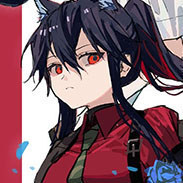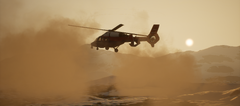- 3 replies
- 6,342 views
- Add Reply
- 8 replies
- 6,419 views
- Add Reply
- 0 replies
- 1,953 views
- Add Reply
- 0 replies
- 3,996 views
- Add Reply
- 0 replies
- 2,658 views
- Add Reply
- 7 replies
- 7,394 views
- Add Reply
Strike Fighters 2: Top Gun Campaigns

By MigBuster,
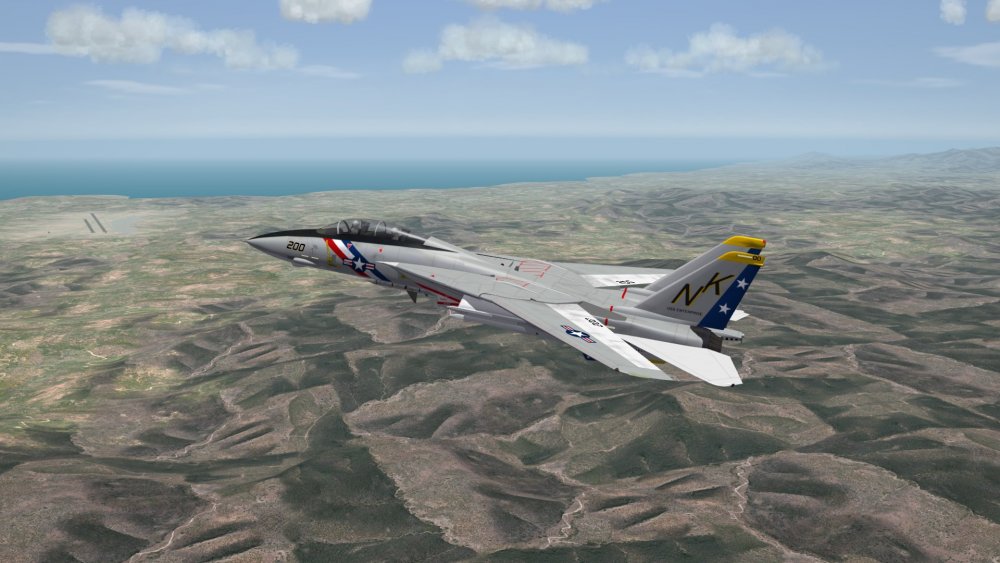
On March 3, 1969 the United States Navy established an elite school for the one percent of its pilots. Its purpose was to teach the lost art of aerial combat and to insure that the handful of men who graduated were the best fighter pilots in the world.
They, Succeeded
Today, the Navy calls it Fighter Weapons School.
The flyers call it TOPGUN!
What is it all about?
Afraid you won’t be singing in bars and dating civilian flying instructors but you will be flying non-stop
Linebacker II: The Cunning Plan

By MigBuster,
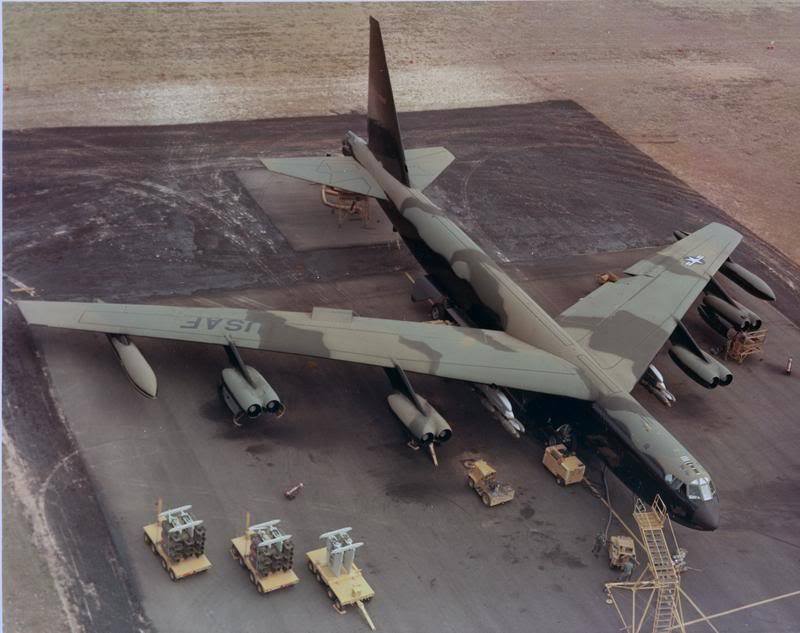

In late 1972 President Richard Nixon was facing the prospect of having the funding cut for Vietnam by congress, so took one last gamble before they could reconvene to get North and South Vietnam to terms and pull the US out of the war with its POW's. This gamble would involve for the first time large B-52 raids on actual strategic targets in North Vietnam including Hanoi and Haiphong. Now having better relations with the Soviets and Chinese the gloves were off and he duly instructed Strategic Ai
DCS weekend News 25 May 2018

By MigBuster,
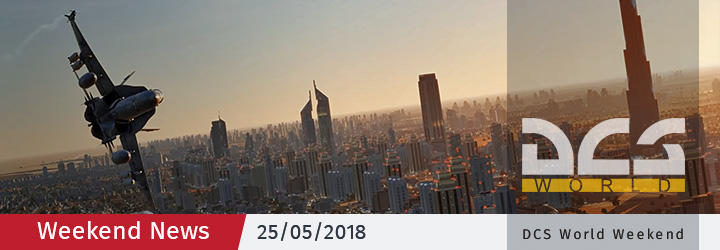

Persian Gulf Map for DCS World, Now Available!
We are excited to announce that the Persian Gulf Map for DCS World is now available for download. This is our first modern-day combat theater outside of the Caucasus map, and it will provide many interesting and engaging historical and hypothetic scenarios. To purchase this new map for DCS World, please visit DCS e-shop.
Please note that the Persian Gulf Map early acc
Il2 Update 3.003 (Bf-109G14 & Spitfire Mk IX)

By 76.IAP-Blackbird,
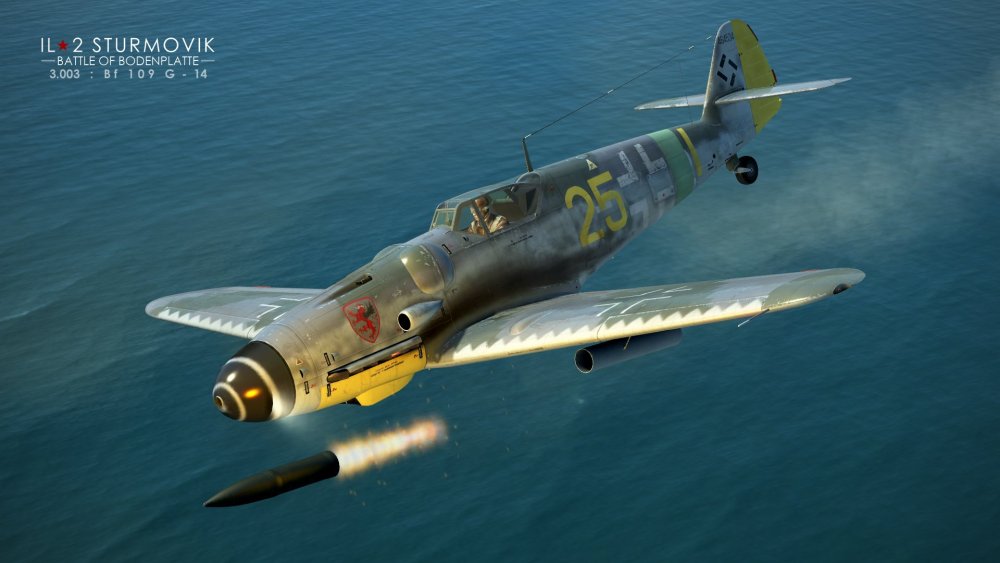

Update 3.003
Hello everybody,
One month after the last update we present you another one. The new update 3.003 starts the Bodenplatte Early Access program - if you pre-purchased it, you can fly the first aircraft from its plane set right now.
At this early stage, only two planes are available - Bf 109 G-14 and Supermarine Spitfire Mk.IXe (with old pilot models since new, late war ones, aren't ready yet).
Bf 109 G-14 is the l
Il2 DD Update Dev Blog 193 (Mapsize Bodenplatte)

By 76.IAP-Blackbird,
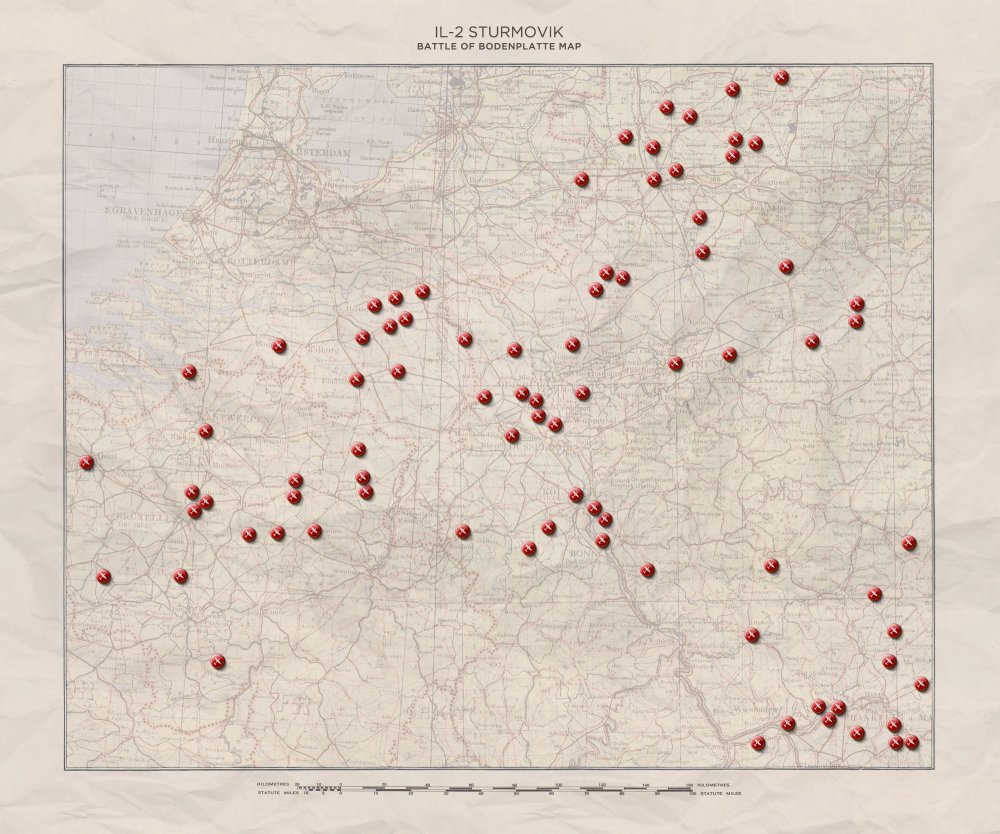

Hello everybody,
The time has come to tell you more about the historical timeframe of Battle of Bodenplatte.
As we said in our previous Dev Blog #192, we're making all four different seasons for this map. Some might think that we'll model only 1-2 days of the actual Bodenplatte operation when the Luftwaffe made the all-out attack on the Allied airfields near Brussels and Antwerp. However, our “Battle of” series is much more than that! The Career mode for this
Strike Fighters 2: The Last of the Lightnings

By MigBuster,

With so many different aircraft in Strike Fighters it is often the case of selecting an aircraft and fudging it around the skies with only vague recollection of how the radar works and how it is supposed to handle because you didn’t have the time to refresh. The Last of the Lightnings is a mod that unusually for SF2 centers mainly on getting familiar with a certain type of aircraft and its systems. You might even term it DCS lite however I can’t imagine seeing any of the aircraft in this mod fea



